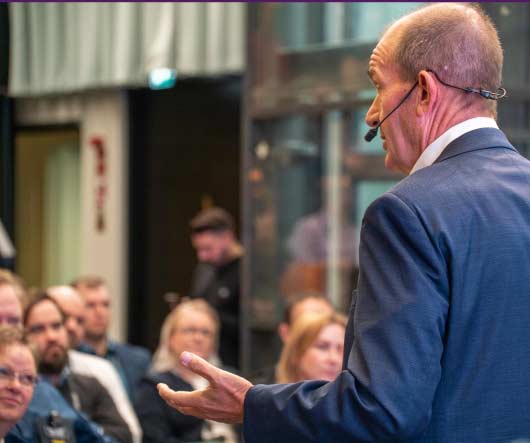Learn more about Colin Shaw: Join over 80,000 people on our LinkedIn Newsletter list or visit our website for more great podcast episodes.
Listen to the podcast:
Surge pricing is a form of dynamic pricing. However, sometimes customers don’t see it this way. Depending on your perspective, surge pricing can feel like price discrimination.
Surge Pricing takes advantage of peak demand. When demand spikes, the company raises prices to either quiet it or increase supply. From a rational economic standpoint, this strategy is great. However, from a consumer’s perspective, it is not so great.









